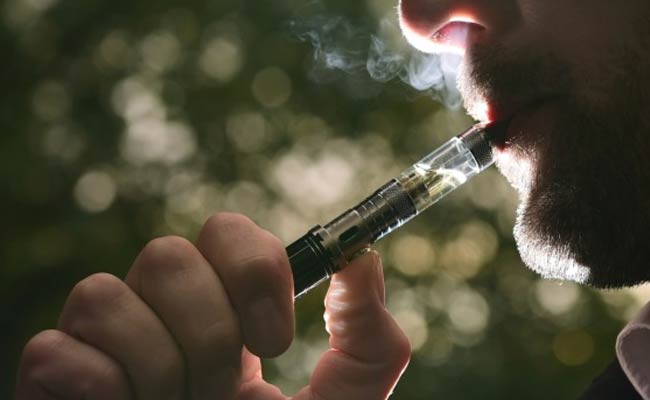 When it comes to e-cigarette safety, flavorings added to the liquid nicotine burned in the devices may influence how much the fumes lead to health problems, a recent study suggests.
When it comes to e-cigarette safety, flavorings added to the liquid nicotine burned in the devices may influence how much the fumes lead to health problems, a recent study suggests.
Researchers tested vapor released by a variety of devices filled with some popular e-cigarette flavors – tobacco, pina colada, menthol, coffee and strawberry – to compare levels of chemicals known to cause inflammation and cell damage. They also looked at how much these chemicals appeared in tobacco smoke and in smoke-free air.
As expected, cigarette smoke was more toxic than fumes from e-cigarettes, said senior study author Maciej Goniewicz of Roswell Park Cancer Institute in Buffalo, New York.
E-cigarettes, however, had more toxic chemicals than smoke-free air, especially when the devices had higher power or voltage and when used with flavored liquid nicotine.
“We found that strawberry-flavored product was the most toxic among all liquids we tested,” Goniewicz added by email.
The researchers exposed human lung cells in a dish to smoke, e-cigarette vapors and air. The cells reacted most strongly to smoke, by reducing their metabolic activity and increasing output of inflammation-related chemicals. Similar, but not as strong, reactions were seen with e-cigarette vapor, compared to no change with plain air.
Past research has found that higher-voltage e-cigarettes produce a bigger nicotine jolt, but may also increase levels of dangerous chemicals like formaldehyde.
“Our findings raise some concerns about the safety of additives used in e-cigarettes,” Goniewicz said. “If an e-cigarette user experiences any side effects, for example cough or chest pain, he or she should consider changing the flavorings in the product and operating their device in lower-power settings.”
Big U.S. tobacco companies are all developing e-cigarettes. The battery-powered gadgets feature a glowing tip and a heating element that turns liquid nicotine and flavorings into a cloud of vapor that users inhale.
An international review of published research by the Cochrane Database of Systematic Reviews last month concluded that the devices could help smokers quit but said much of the existing evidence on e-cigarette safety was thin.
The current study doesn’t offer a complete picture of e-cigarette safety or address the potential for health problems to emerge after long-term use, the authors note.
But it does suggest flavors may have an outsize impact on safety, the authors conclude in the journal Tobacco Control.
A separate study in the journal looked at cinnamaldehyde, a chemical added to liquid nicotine to create cinnamon flavors.
In lab tests of fluids from 39 refill cartridges of liquid nicotine, 20 contained enough cinnamaldehyde to damage cells, the study found. This included products labeled as cinnamon flavored as well as a variety of sweet and fruity mixtures.
Here, too, the level of toxicity appeared greater with higher voltage devices.
“We previously showed that cinnamaldehyde was highly toxic when tested in vitro with various types of cells,” said senior study author Prue Talbot of the University of California, Riverside.
source”cnbc”
